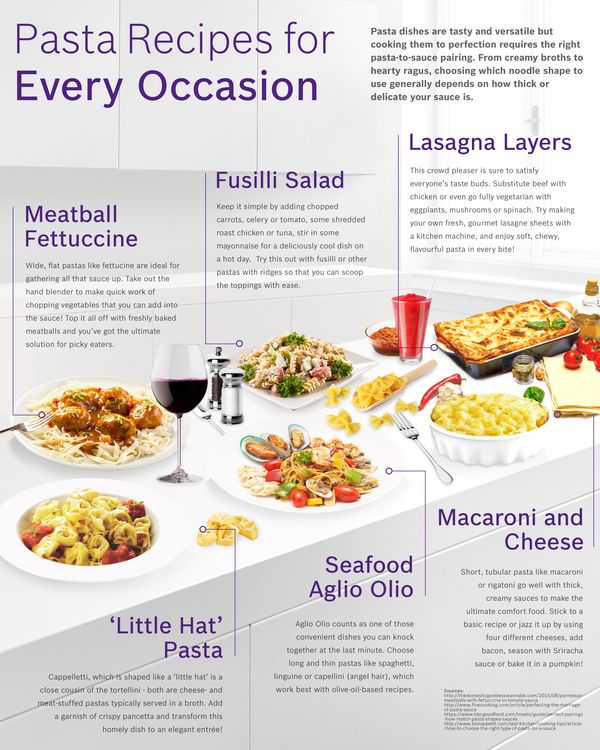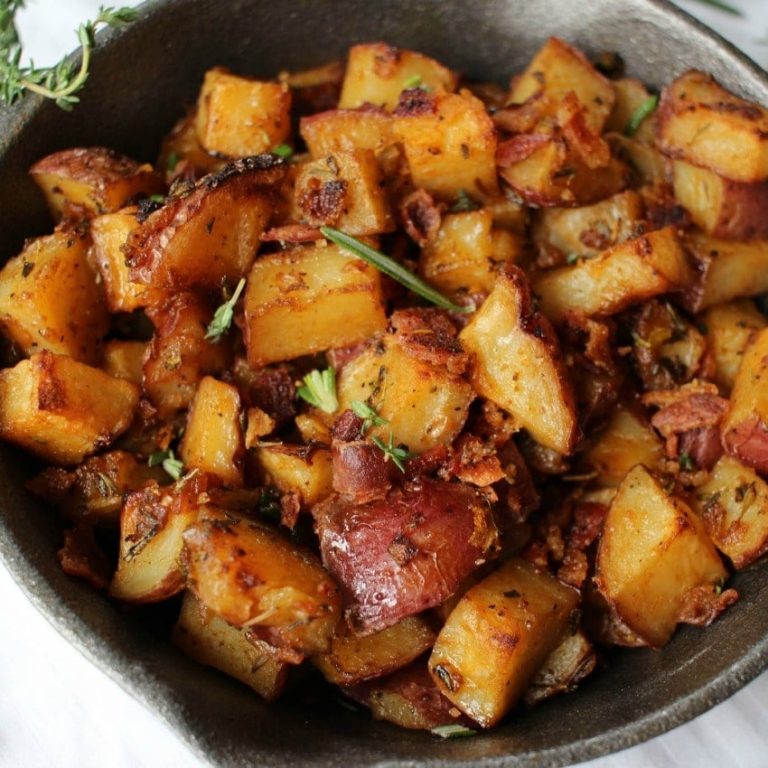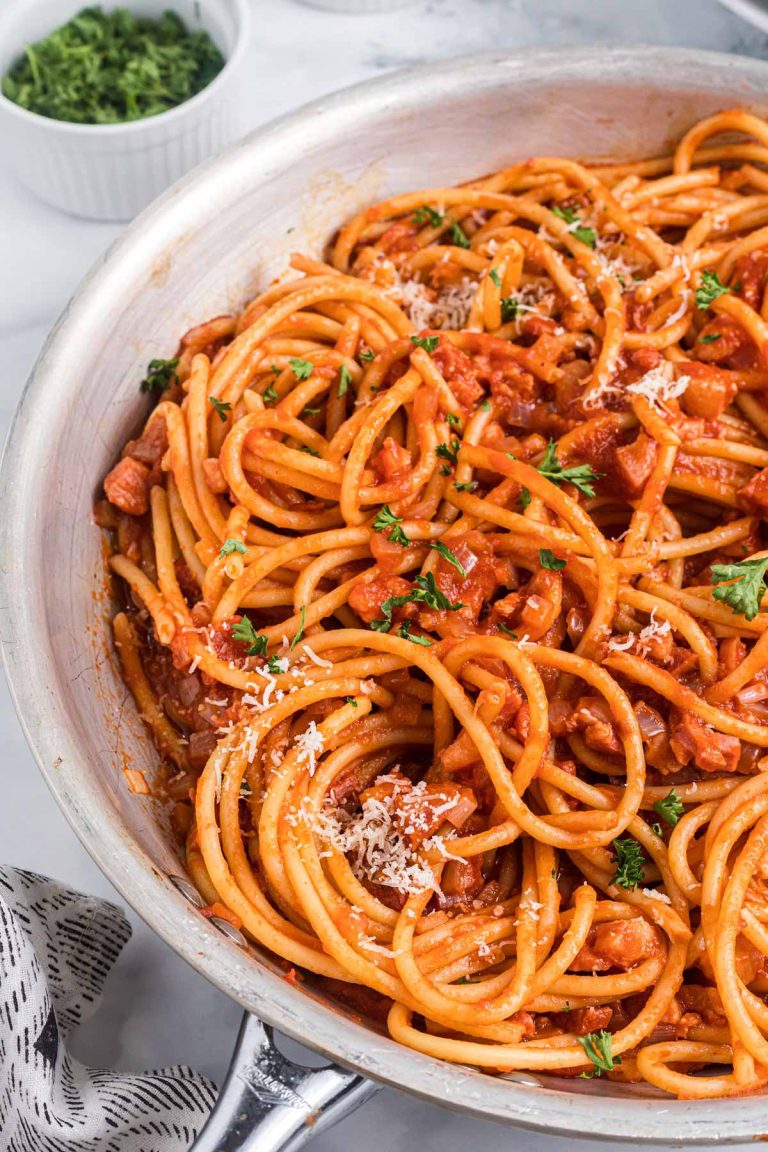Spicy Quesadilla Sauce: Easy Recipe, Ingredients, and Storage Tips
Spicy quesadilla sauce originates from Mexican cuisine, which emphasizes bold flavors and diverse ingredients. This sauce gained popularity with the rise of Tex-Mex restaurants in the United States in the 20th century, where it became a staple accompaniment. Its popularity surged as more people began exploring the fusion of traditional Mexican and American flavors. Today, spicy quesadilla sauce serves as a versatile condiment, enhancing not just quesadillas but also tacos, burritos, and other dishes.
Ingredients Typically Used
Spicy quesadilla sauce often includes ingredients like sour cream, mayonnaise, and various spices. Common spices include chili powder, cumin, and paprika, which provide the desired heat and smokiness. Fresh ingredients like garlic, lime juice, and cilantro add layers of flavor. Some recipes also use hot sauce or jalapeños for an extra kick. Combining these ingredients results in a rich, creamy sauce that pairs perfectly with the cheesy, savory profile of quesadillas.
Creating Your Own Spicy Quesadilla Sauce
Choosing the Right Chilies
Opt for specific chilies to achieve the desired heat and flavor. Jalapeños offer a moderate spice level and a fresh, green taste. For more heat, consider serrano peppers, which are smaller but pack a punch. If you’re after a smoky flavor along with spiciness, chipotle chilies (dried and smoked jalapeños) are ideal. Habaneros provide an even hotter option. Always taste-test the chilies first as their heat can vary. Use a mix of chilies to balance flavor and heat.
Necessary Spices and Seasonings
Blend essential spices and seasonings to create a well-rounded sauce. Start with chili powder and cumin, which impart depth and warmth. Add smoked paprika for a hint of smokiness. Incorporate garlic powder and onion powder for savory notes. Don’t forget salt to enhance all flavors and black pepper for a subtle kick. Lime juice not only adds acidity but also brightens the flavors. Fresh cilantro brings a herby freshness, while a dash of hot sauce can elevate the heat profile further. Adjust quantities to balance the flavors to your preference.
Cooking Techniques for the Perfect Sauce
Cooking Methods and Times
Achieving the perfect spicy quesadilla sauce involves precise cooking methods and times. Combine your chosen spices and garlic in a small saucepan. Toast the spices on low heat for 2 to 3 minutes to release their flavors. Add mayonnaise, sour cream, and lime juice, whisking until smooth. Simmer the mixture on medium heat for 5 minutes. Stir frequently to prevent sticking. Remove from heat and let it cool briefly before adding fresh ingredients like cilantro and jalapeños if desired. Taste and adjust seasoning if needed.
Texture and Consistency Tips
Texture and consistency play critical roles in the success of your spicy quesadilla sauce. Ensure a creamy texture by blending the sauce ingredients thoroughly. For a thicker consistency, reduce the amount of lime juice, or add more mayonnaise. If the sauce is too thick, incorporate small amounts of water or more lime juice until the desired consistency is reached. Use a blender or food processor to achieve a smoother texture, especially if incorporating fresh ingredients like jalapeños or cilantro. Chill the sauce in the refrigerator for at least 30 minutes before serving to allow flavors to meld.
Pairing Your Sauce with Different Quesadillas
Best Cheese Pairings
Selecting the right cheese enhances your spicy quesadilla sauce experience. Cheddar, Monterey Jack, and Pepper Jack top the list. Cheddar offers a sharp, tangy contrast that complements the creaminess of the sauce. Monterey Jack melts smoothly, blending well with both the sauce and the tortilla, while Pepper Jack adds both creaminess and an extra kick. For a more complex flavor profile, combine cheeses. Use equal parts Cheddar and Monterey Jack or Pepper Jack and a milder cheese like Mozzarella.
Meat and Vegetable Complements
Meats and vegetables significantly influence the taste of your quesadilla paired with spicy sauce. Grilled chicken, seasoned beef, and spicy chorizo work exceptionally well. Grilled chicken absorbs the sauce’s flavors without overpowering them; seasoned beef provides a robust base, and spicy chorizo adds depth and extra heat.
For vegetables, consider adding bell peppers, onions, and mushrooms. Bell peppers add sweetness and crunch, onions bring a savory note, and mushrooms offer umami richness. A combination of these vegetables with a protein ensures a balanced and flavorful quesadilla.
Storing and Preserving Spicy Quesadilla Sauce
Shelf Life and Refrigeration
Store spicy quesadilla sauce in an airtight container to maintain its freshness. Refrigeration extends its shelf life to about 5-7 days. Use glass containers for optimal preservation, as they don’t absorb odors or flavors. Check the sauce for signs of spoilage, such as an off smell or mold, before using it.
Freezing and Reheating Tips
Freeze spicy quesadilla sauce if you plan to keep it longer than a week. Pour the sauce into a freezer-safe container, leaving some space for expansion, and store it for up to 2 months. Label the container with the date for easy tracking. When reheating, thaw the sauce in the refrigerator overnight. Reheat gently on low heat, stirring occasionally to maintain its creamy texture. Avoid microwaving the sauce from frozen, as this can cause it to separate or change texture.
Conclusion
Spicy quesadilla sauce is a game-changer for your culinary creations, offering a burst of flavor that elevates any dish it accompanies. With its blend of creamy and spicy ingredients, it’s perfect for adding a kick to your favorite quesadillas, tacos, and burritos. Remember to store it properly to maintain its freshness and flavor, and follow the reheating tips to keep its creamy texture intact. Experiment with different pairings and ingredients to find your perfect combination, and enjoy the versatility this sauce brings to your kitchen.






